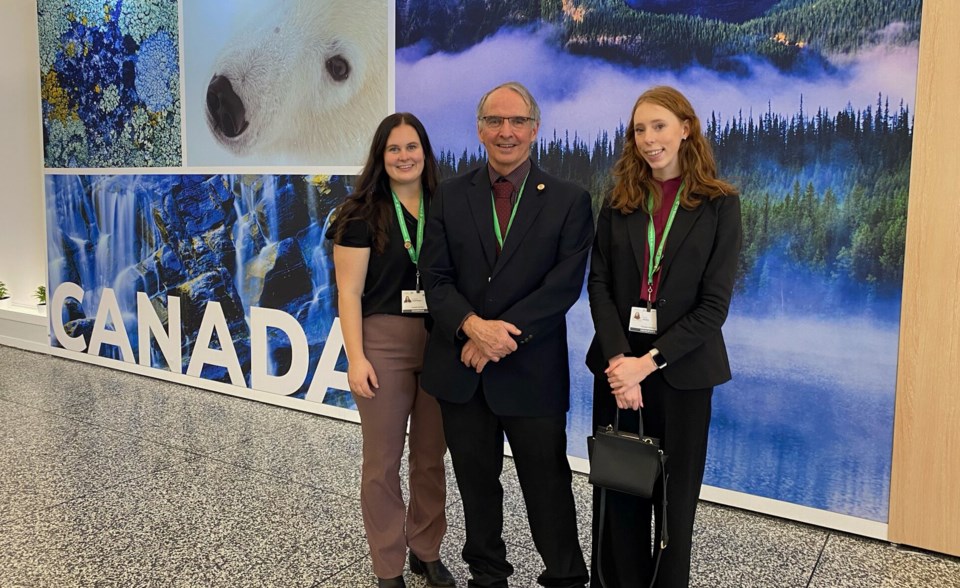Sudbury’s regreening story hit the halls of the recent COP15 conference in Montreal.
Laurentian University student delegates, Avery Morin, president of the Students General Association; Anastacia Chartrand, chair of the Environmental Sustainability Commitee, joined Canada Research Chair John Gunn, director of the Vale Living with Lakes Centre on Dec. 19 to share with an international audience Sudbury’s internationally acclaimed regreening effort to heal its industrially-scarred landscape.
The program, launched in 1978, put the city on the map as an environmental leader in miraculously transforming the area from a mostly tree-less moonscape to a lush landscape.
In the four-decade span, more than 3,000 hectares of barren land has been treated with crushed agricultural limestone and almost 10 million seedlings have been replanted by the city’s Regreening Program.
“It was important for us to share the Sudbury story of hope at COP15,” said John Gunn in a Laurentian University news release. “The world is in desperate need for at least a few such positive examples of where severe environmental damage has been reversed.”
“I’m so proud to be a global advocate for the Laurentian community and my hometown of Greater Sudbury,” said Morin. “The regreening story of Sudbury is an important story of hope and I am confident that our work this week can help other communities address their environmental challenges.
Added Chartrand, “It was an honour to represent a student body that values biodiversity and recognizes the need to protect it. Sharing the success of Sudbury’s landscape restoration on the final day of the COP15 conference was an inspiring message of hope for delegates as they headed home to implement strategies of their own.”
The Sudbury community-led project won the Local Honours Award from the UN when the Convention on Biological Diversity was first established and signed by 150 nations at the 1992 Earth Summit. Sudbury was invited to share updates on the project to inspire other communities worldwide to learn and benefit from the city’s history and ongoing research.


